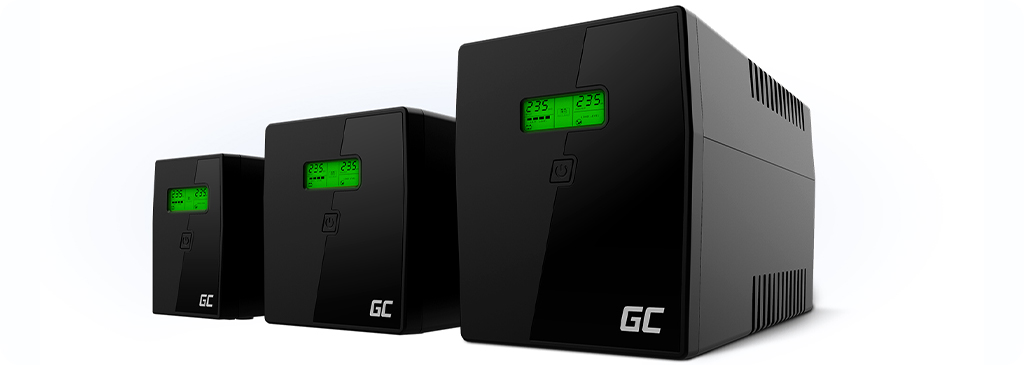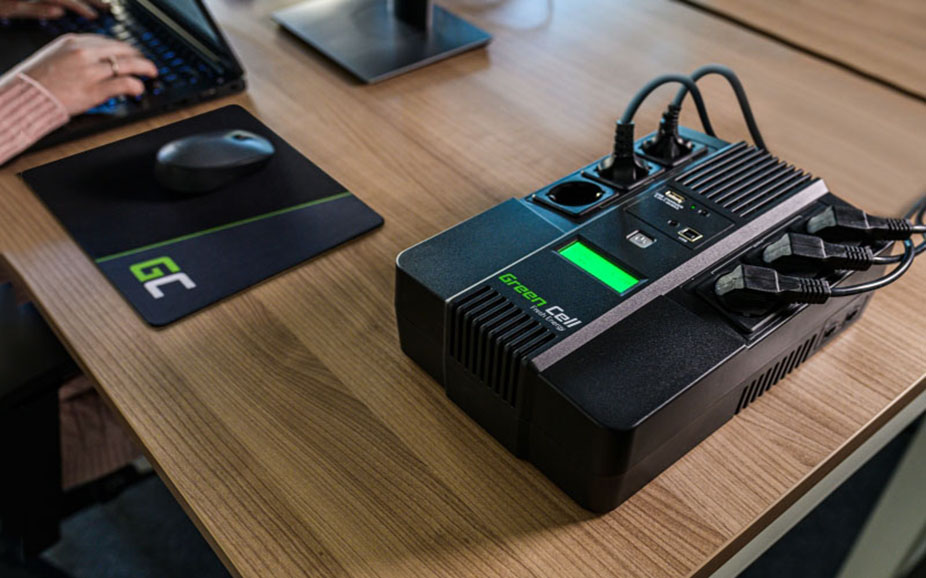How does a UPS work & what is it used for?
There is a very good chance that you think you need a UPS for your power, because you have come to this article for a reason. When it comes to a UPS, we see that there is still a lot of uncertainty. What is a UPS used for? And how does it actually work? To get answers to all these questions, it is useful to read on quickly, because in this article it is all discussed!
What is a UPS – Meaning and Function
Before we can discuss how a UPS works, it is necessary to first consider what it is exactly. The abbreviation UPS stands for uninterruptible power supply, also known as an uninterrupted power supply. The UPS is sometimes referred to as a backup battery. The UPS provides backup power when your regular power source fails or the voltage drops to an unacceptable level. A UPS provides a safe shutdown of the equipment. The size and design of a UPS determine how long it will provide power. You can therefore also see the UPS as a kind of emergency solution between your main power supply and your emergency power supply.
The need for a UPS – what will it be used for?
The problem you'll run into if you're not using a UPS is that even with a robust backup or generator, it can take a few minutes for your system to respond to the loss of your main power source and start drawing on your alternate source . In hospitals, banks and other key systems, these precious minutes can be a matter of life or death. A UPS is designed to solve this problem by responding immediately. This is done by giving the system a significant power surge and then passing it on to your backup system once it's up and running.
It is important to know that a UPS system is not designed to really be a backup. The battery connected to your UPS system cannot withstand a sustained load for more than a few minutes. So it's critical that you have a full backup system ready to take over as soon as possible. Without a full backup system, you will not be able to experience the benefits of the UPS. The UPS is only a kind of bridge that ensures that you can bridge the time frame between the power outage and the backup.

Known types of UPS – UPS techniques
Now that you know a little more about what a UPS is and what it is for, it is useful to look at the various types of UPS that you can choose. It is necessary to know the difference now that the different techniques work in a slightly different way. To make it easier for you, we have listed the best-known UPS techniques for you below:
- Stand By UPS – Standby is the most common type of UPS. The standby UPS resorts to battery backup power in case of common power problems. Here you can think of a power failure, voltage drop or a voltage peak. When the incoming power from the utility grid falls below or above the safe voltage level, the UPS switches to DC battery power and then converts it to AC power to operate connected equipment. These models are specially made for regular electronics, entry-level computers, POS systems, security systems and other basic electronic equipment.
- Interactive Line UPS – An interactive line UPS contains technology that makes it possible to correct small power fluctuations (under and over voltages) without switching to the battery. This type of UPS has an autotransformer that regulates low voltages and without switching on a battery. These special UPS models are typically used for mainstream electronics, computers, gaming systems, home theater electronics, and network equipment.
- Double conversion UPS – A double conversion UPS provides a consistent power supply regardless of the incoming power condition. This UPS converts incoming AC power to DC, and then back to AC. UPS systems with this technology always operate on isolated DC power and have zero transfer time because they never need to switch to DC power. Double conversion UPS systems are specifically designed to protect high-end IT equipment, data center installations, high-end servers, large telecom installations and network equipment from damage caused by all kinds of power problems.
sine wave vs. simulated sine wave
UPS systems have either a sine wave or a simulated sine wave, depending on the model. This is a bit tricky for a layman to understand, but it basically boils down to the different waves causing a slightly different output of the current. The differences between the two waves are as follows:
- Sine wave output: The highest quality waveform output is sine wave. This is a repetitive oscillation of the total AC power. The enterprise-grade UPS systems produce sine wave power to operate sensitive electronic equipment. The output of the sine wave ensures that the material using PFC power supplies does not simply close when the current is coupled.
- Simulated sine wave output: This system uses a modulation of the impulse wave to produce a simulated sine wave to allow proper power supply. The technology used to generate this type of power output is less expensive to make.

Want to learn more about electricity?
We hope the information in this article has helped you understand the role of a UPS better. With a UPS you ensure that your application will always be supplied with power, even in the event of a power failure. This makes it the choice to make for the devices that must always be switched on. Want to learn more about electricity and convenient power supplies? Then definitely stick around on this site, because there are many more articles here that you should definitely read!







